Donatello incorporates our unique stabilometric testing platform as well as two photographic units for image acquisition. It is used for in-depth analysis of dynamic posture control and balance, and mono and bipedal, static support and rear foot and ankle posture.
It is possible to acquire foot and ankle posture images, posture control and weight distribution at different moments and under different test conditions. Data can be saved and compared, and measurements can be carried out on the foot and ankle posture images.
Donatello’s unique Podata stabilometric platform with six load cells, is designed to allow the patient to take on completely safe, unrestricted and natural position for testing. Body weight and bipedal weight distribution are detected, in addition to weight distribution over three reference points within the feet; the first and fifth metatarsal and rear foot. Secondly, the position of the patient’s current center of gravity is detected and compared to the ideal center of gravity. Following that the dynamics of the center of gravity can be determined in order to assess postural stability and control. This test can be performed under different circumstances so that different body systems that affect postural control and stability can be individually analysed. Moreover, test conditions can be set in such a way that postural control and stability can be trained through biofeedback mechanisms.
The Donatello Postural Lab is ideally suited for those clinicians and therapists that need to investigate the effects of lower limb alignments and posture and other intrinsic pathways, on postural control and stability. A thorough investigation will provide important input for therapeutic management and will allow the clinician to follow therapeutic progress in an accurate and efficient way. The results of assessments on the Donatello Postural Lab are particularly important in promoting and enhancing a multi-disciplinary approach.
Patient reports are easily and quickly made with the Donatello Postural Lab. Examination results in the form of data, graphs and images can be thus easily compared and distributed in order to track therapeutic progress. GPS Postural Lab global posture examinations are completely non-invasive and can therefore be repeated whenever necessary.
The Donatello Postural Lab can be later upgraded with our single-unit, global posture assessment frame and platform, and desktop structure with a photographic unit for image acquisition (Giotto, PL0120), for assessment and analysis of the patient’s global posture in the frontal, sagittal and transverse planes.
Supplied with: Podata 3.0, main frame; safety handrail, desk with two shelves, PC support bracket, 2 cameras.
Software modules: static posture analysis, stabilometric and dynamic analysis.
Our postural labs work with the GPS 6 software. We strongly advise our Postural data storage - accessory code 01799. As alternative we provide you with below minimum or recommended PC system requirements.
| DESCRIPTION | MINIMUM | RECOMMENDED |
|---|---|---|
| Processor | Intel i5 CPU or AMD equivalent | Intel i5 CPU or higher or AMD equivalent |
| RAM | 8 GB 1 | 16 GB |
| GPS software reserved free space | 50 GB 2 | 100 GB 2 |
| Hard disk | SSD or NVME | SSD or NVME |
| Dispaly resolution | 1366 x 768 (HD) | 1920 x 1080 (Full HD) |
| USB port | At least 2 reserved | At least 2 reserved |
| Operating system | Windows 10 OS | Windows 10 OS |
| Mounting option | VESA 50/75/100 3 (for display or All-in-One system) |
VESA 50/75/100 3 (for display or All-in-One system) |
1 16GB RAM are preferable if other applications are installed on the PC.
2 The free space on PC should be more than the suggested part for GPS SW.
3 Bracket and plate provided as standard in the supply.
___
Notice: We recommend that you do not install other software on your computer to avoid possible conflicts.
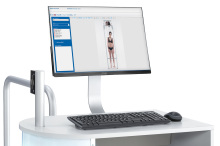
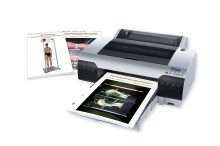
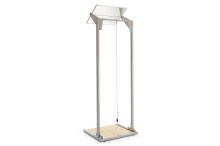
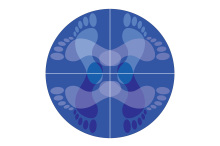
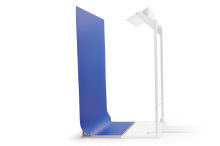
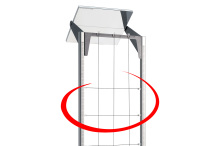

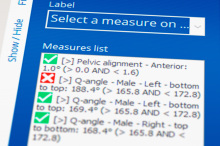
| N° Package | Package type | Dimension | Weight | Volume |
|---|---|---|---|---|
| 1 | SCATOLA SU BANCALE | cm 211 x 108 x 80 h | kg 173 | mc 1.82304 |




